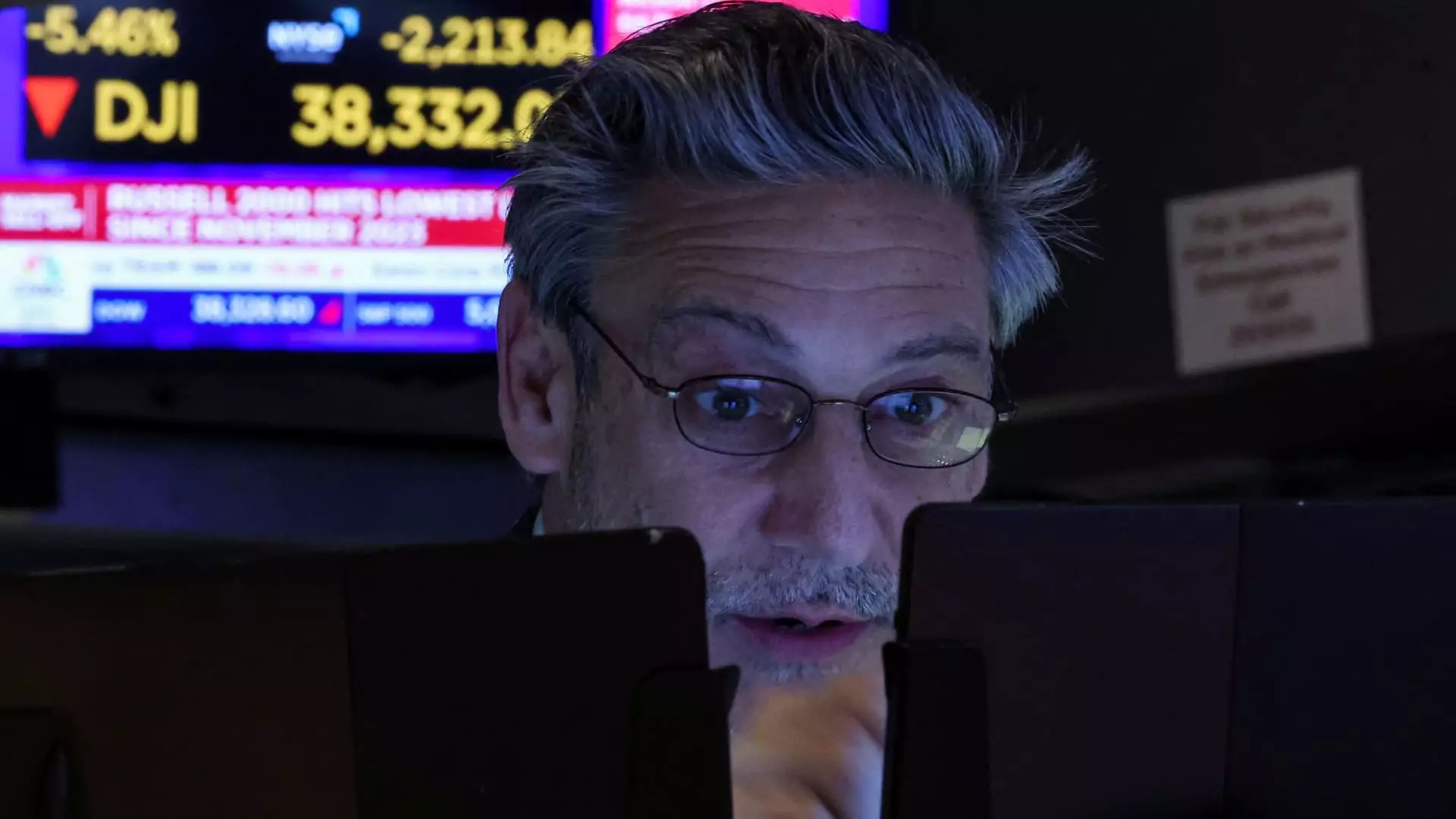In the world of finance, stock market trading halts emerge as a dual-edged sword; they serve as both a protective measure and a stark reminder of market vulnerabilities. Trading pauses occur when stock prices plummet too quickly, allowing the market to stabilize before further damage ensues. In recent years, especially during high-stress events like the COVID-19 pandemic, these halts have become crucial in preventing full-blown market crashes. It’s a curious phenomenon that begs the question: can these halts really save investors, or do they merely delay the inevitable?
The mechanisms for these halts include circuit breakers that add layers of complexity to trading rules. They are designed to trigger at specific percentage drops in indices like the S&P 500. For instance, a 7% decline activates an immediate pause, while more severe drops could lead to lengthier halts or even end trading for the day. The intent is clear—allow traders to regain composure and make informed decisions rather than emotional, panic-driven ones.
Lessons from History
Reflecting on historical events reveals the necessity of these trading halts. The 1987 crash taught us that uncontrolled declines create a spiral effect, leading to a complete market panic. Fast forward to March 2020, and we witnessed technology take the brunt of the hit, plunging indices faster than most could react. During both scenarios, market halts were implemented as a means of curbing further loss and providing a clearer perspective for investors scrambling for their laptops or trading platforms.
However, we also need to contemplate whether these halts merely postpone the unavoidable. When volatility strikes, it primes investors for a knee-jerk reaction, which, at times, could lead to an even deeper fallout post-reopening. If the market is destined to crash, are we just buying time, or are we genuinely providing a safety net?
The Role of Unpredictable Variables
Global events drastically influence market dynamics, but we often observe how traders react with heightened emotion to unpredictable variables such as trade disputes or geopolitical tensions. The recent rise in global trade tensions under the Trump administration’s high tariff policy exemplifies how political decisions can rapidly erode consumer confidence and market steadiness. Suddenly, the forces that should promote growth become harbingers of decline, showcasing how interconnected and fragile our financial landscape is.
Investors should lean towards foresight rather than hindsight when grappling with political and economic turbulence. The sense of urgency for regulatory reform has never been clearer; we must evolve our trading frameworks alongside the complexities of the modern market. Simply reacting with rule-based halts won’t suffice; we need robust systems that can account for unpredictable swings instigated by human behavior and global incidents alike.
The Psychological Aspect of Halts
From a psychological standpoint, trading halts may provide more than just an economic reprieve. They serve a critical role in placing an emotional barricade during moments of panic. For many retail investors, the market isn’t just numbers on a screen; it’s their financial future. When a circuit breaker activates, it changes the narrative from frantic selling to a moment of reflection—a catalyst for reasoning in an environment often ruled by fear.
That said, this also raises concerns about reliance on these safety nets. Emotional resilience varies among investors. Some may find themselves paralyzed by uncertainty despite having the time to breathe, while others might impulsively sell once trading resumes. Ultimately, pauses in trading should not be seen as the endpoint for anxiety but rather the starting point for informed decision-making.
Rethinking the Future of Trading Halts
As we evaluate the efficacy of trading halts, a vital question looms: will they remain effective as markets continue to evolve? In an age of instant information and high-frequency trading, the potential for volatility may escalate. Are our existing circuit breaker thresholds adequate to cope with future peaks in market stress?
Revisiting and possibly reforming these thresholds could be beneficial as we look to bolster the economy and protect investments. Thus, while trading halts will continue to play a pivotal role, the evolution of strategy in response to rapidly changing conditions will define our financial resilience against inevitable downturns. The question remains—will we take the necessary steps to ensure that these mechanisms not only exist but thrive in the uncertain landscape of the future?

